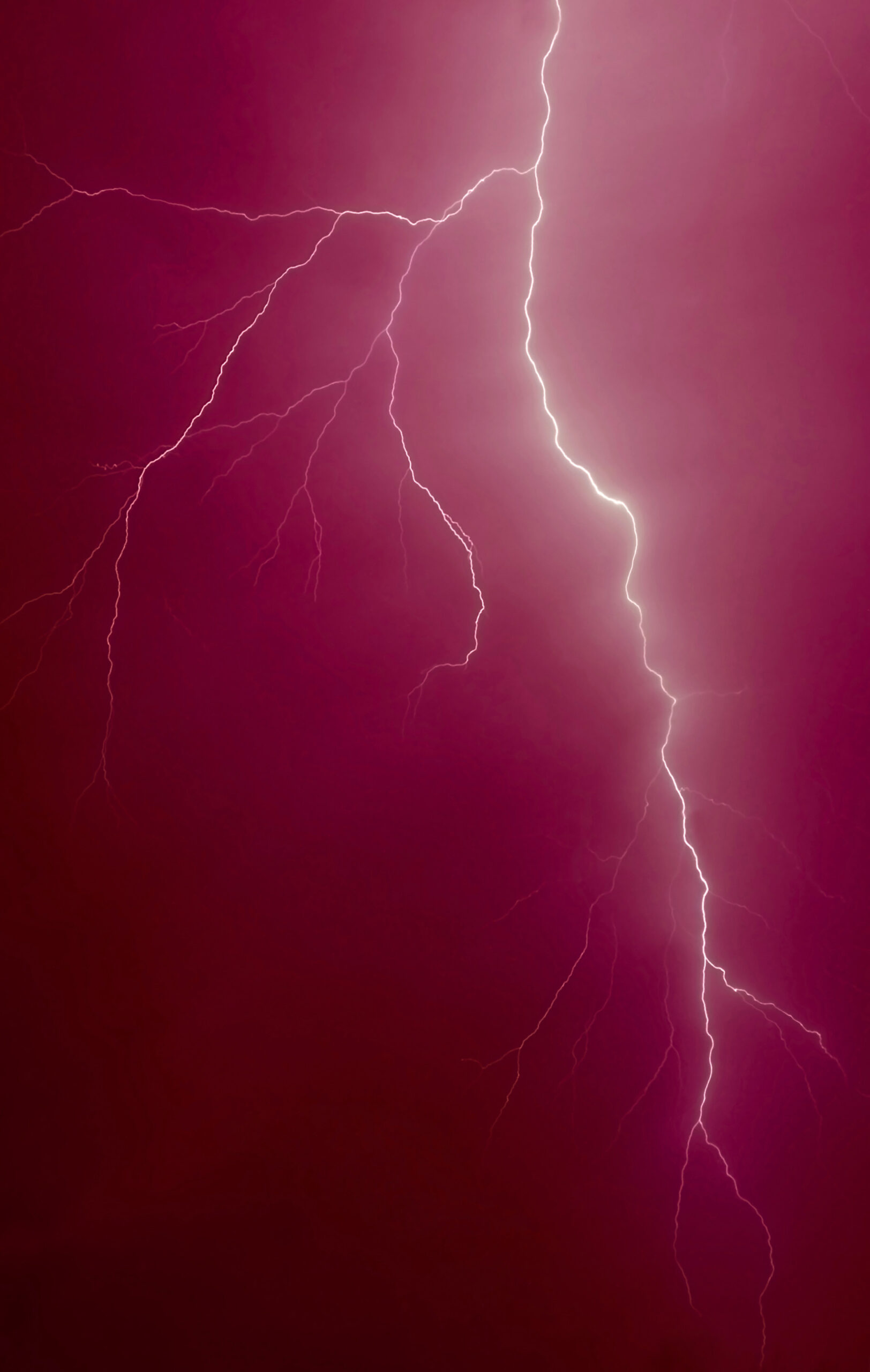Roof cleaning DOs and DON’Ts
- DO use equal parts bleach and water. It’s important to remove not only dirt but any algae or mildew that may be growing.
- DON’T use a power washer on shingles – Power washers are too strong to clean shingles; the force will break them down.
- DO let the bleach and water solution set for up to 20 minutes and then rinse it away with clean water.
- DON’T forget about your plants and shrubbery around your home when rinsing off the cleaning solution. Wet any plants with water and then cover them with plastic to protect them.

- DO clean your roof on a cool day, with cloud coverage and no wind.
- DON’T wait until your roof is covered in algae or moss to clean it. It’s always better to keep your roof clean rather than waiting until it’s a big task.
- DO Hire someone to clean your roof if you are unable to clean it yourself safely.
- DON’T clean your roof without taking proper safety precautions.
Should you replace or repair your roof?
Maybe you have a leak, or there is just a spot on your roof that’s looking a little bit rough; how do you know when it’s time to replace your roof or just repair the damage?
The first step you need to take for any issues with your roof is to get it inspected by a trusted roofing contractor. A professional will be able to search for small damage or structural damage and be able to tell the difference. An inspection is most important because you may not need a full roof repair for a small area, and you wouldn’t want to only patch a small area when your whole roof needs to be replaced.
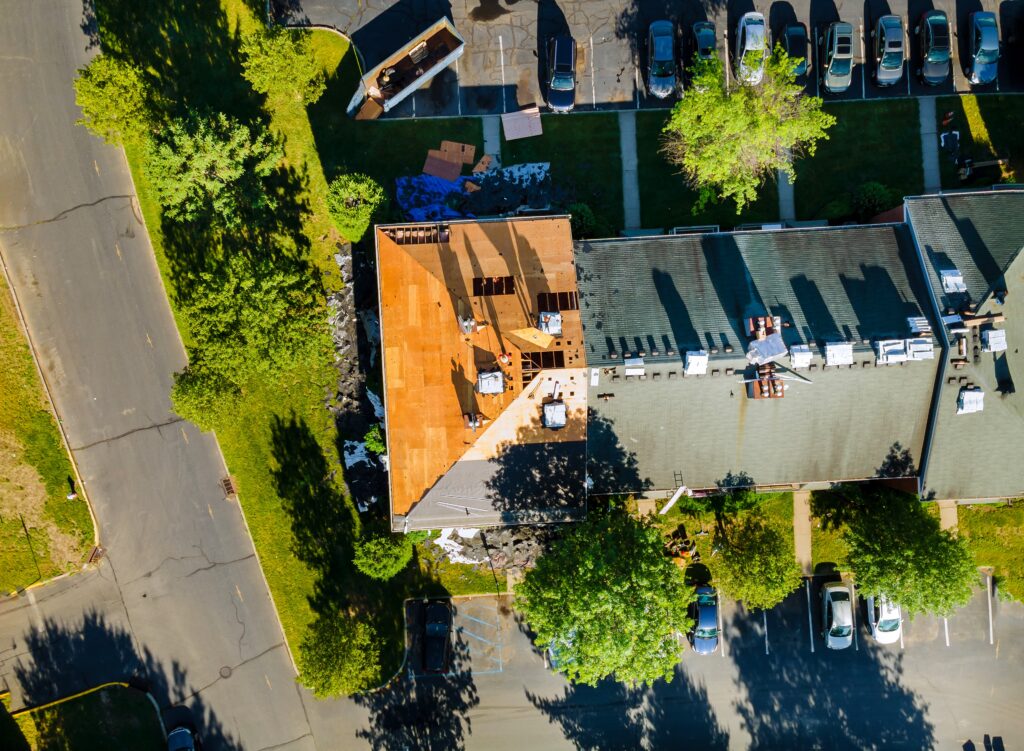
When deciding if you need a repair or replacement, consider the age and condition of your roof also. If your roof is over ten years old and there is significant damage, often the best choice is just to replace the whole thing. If your roof is newer and was just damaged in a small area from a storm or bad weather, then having a repair in that area might be all that’s needed. The general rule of thumb is that if the damage affects more than 30% of your roof, it’s better to replace it.
Oftentimes, cost has a lot to do with people’s decision on repairing or replacing. In the long run, if a professional has recommended a whole new roof, going that route will save money on further damage to the home or the structure that could have been avoided if the roof had been replaced. If cost is something you are concerned with, most homeowners insurance will cover roof replacement, depending on your policy.
If you think there’s an issue with your roof with their, small or large, give us a call for an inspection. 623.743.3175
Why Do You Need to Maintain Your Roof?
When you put the care into your roof by having regular maintenance done, it benefits the long-term health and structure of your roof. If you get a new roof and it’s properly installed, it is still important to maintain your investment with annual maintenance. Not only are you increasing the roofs lifespan, it’s also a good peace of mind for you.
With proper roof maintenance, you’re decreasing the chances of expensive repairs in the future. The roof inspector can see damages starting before they become bigger issues. If you’re not getting regular maintenance, unseen damages can lead to costly repairs to your roof and other areas of the home within a matter of years depending on the problem.
As mentioned earlier, the roofs lifespan increases with proper maintenance. Annual maintenance is the easiest way to expand the life of your roof and minimize issues. Even after getting a new roof installed, you’re still not off the hook! Protect your investment with regular annual maintenance. A roofs life expectancy is 25+ years. When routine upkeep is performed, you can get that and more!
Keep your mind at peace and ease knowing the roof over your head is strong enough to protect you and your family. With regular roof maintenance, it will give you peace of mind. The roof inspector could tell you there’s a repair that needs to be done or that your roof is in tip-top shape… Either way, you’ll be satisfied the roof is getting the attention it needs to keep everyone safe.

Almeida Roofing can provide regular roof maintenance on your residential home or commercial building. Our roof technicians are trained and licensed to perform a proper inspection. They’ll communicate their findings with you, good or bad. If needed, we will give you options on repair or replacement depending on the roofs condition. You can trust Almeida Roofing to provide professional roof care. Call today for questions and scheduling!
602-743-3175
Preparing your roof for winter.
Check Your Roofline
Check your roof line for sagging. Your roofline should be straight, so any signs of drooping or curving may mean you need to investigate. A saggy roof can cause frame issues, so catching it early is key.
Check Chimney Flashing For Leaks
Chimney flashing is the strip of metal that seals the chimney and your roof and is one of the most common spots for a roof leak. A Leak in the flashing can be mistaken for a leaky roof.
Check to ensure your flashing doesn’t appear damaged or loose and that the caulk hasn’t cracked or deteriorated. Also, look for any signs of water intrusion near the chimney.
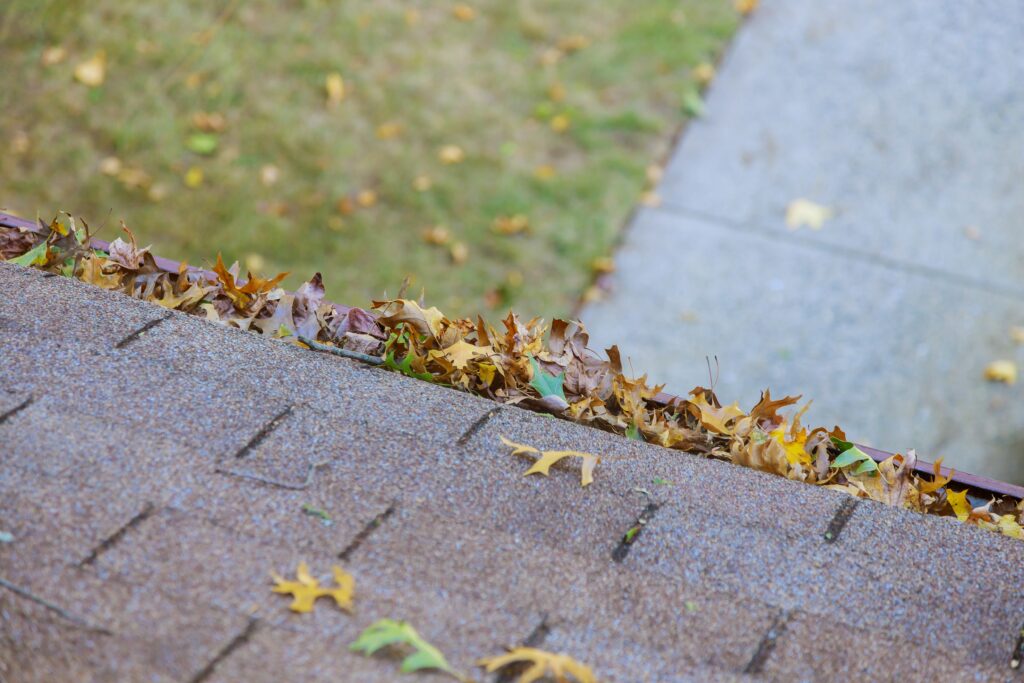
Check The Attic For Signs Of Water Damage
In many cases, the first sign of a leaky roof will be seen in the attic. Symptoms of a leak include water spots on the walls and/or puddles of water on the attic floor. If you see any signs of water damage in your roofing system, you can schedule an appointment to have your roof inspected before winter hits.
Remove debris and clean out your gutters
Remove leaves, twigs, and other debris accumulated on your roof and in your gutters. In the winter, leaves, especially in your gutters, become waterlogged and can cause a block leading to water build-up. Water build-up can cause pooling and a leak over time.
If you are more comfortable letting the pros handle a roof inspection give us a call. (602) 743-3175
Ice Dam’s on a Roof & How to Avoid Them
You might be wondering what an Ice Dam on a Roof is especially if you’re from the Phoenix, Arizona area. To answer your question, an ice dam is a rim of ice that builds at the ends of the roof. When this occurs, it prevents the water caused by rain and melting snow from draining off the roof. The ice dam creates water buildup and eventually causes damage to areas of the home like the walls, ceilings, and insulation. When water gets into these spots, it is imperative to dry the areas as much as possible to avoid mold & mildew. After drying, call a professional to repair the problem.
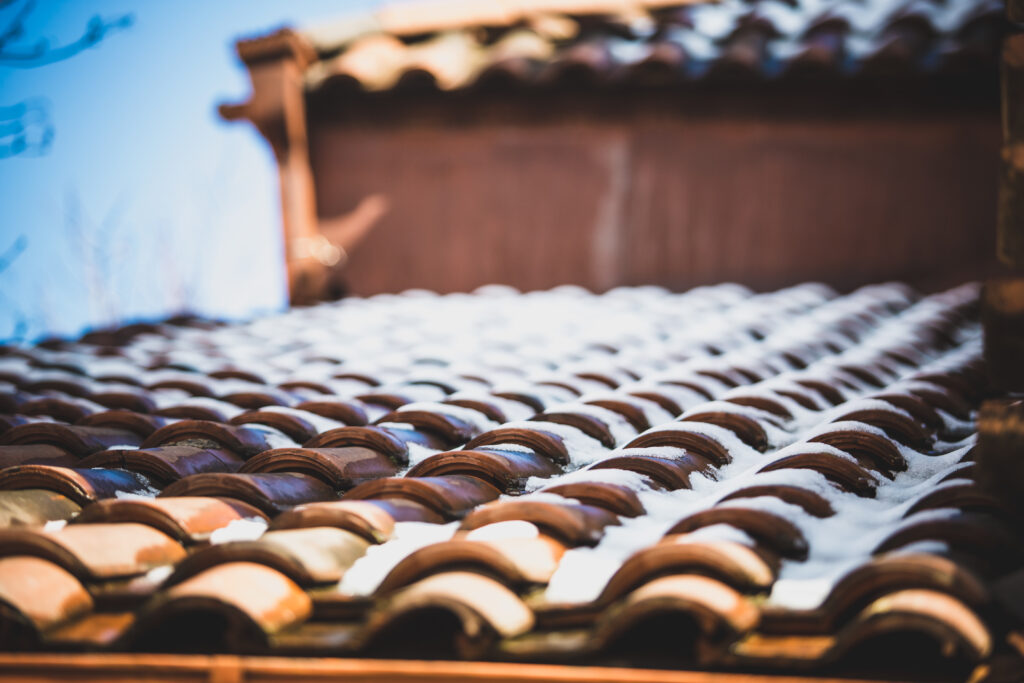
No one wants to deal with water damage, mold & mildew, and avoidable repairs. To learn how avoid ice dams, let’s start with what causes them… Ice dams are caused by uneven roof surface climate. The outside temperature, outside elements, and heat loss from the home interact and create ice dams. There must be snow on the roof and higher areas of the roof’s surface needs to be above 32 degrees with the lower areas being below 32 degrees. When the snow at the top of the roof melts… the water flows to the lower area of the roof that is below 32 degrees and freezes resulting in an ice dam.
There are a few things you can do in new homes to prevent ice dams.
1.) Verify state code requirements for the ceiling and roof insulation levels are followed by the construction company.
2.) Make sure the contractor has an air barrier through the ceiling to avoid air leakage from the home and into the attic.
3.) Recessed lights, skylights, and heating ducts increase the chance of an ice dam forming.
Not all areas of Arizona are 65 degrees in the winter during the day. If you live up North towards Flagstaff, Payson, or any other location that gets snow, you’re more likely to get roof ice dams verses those of us in the west valley. Prepare your roof before winter hits… it’s coming fast this year!
3 signs you need roof repairs
Interior leaks: Any discolored patches on ceilings are a good sign that your roof needs repairs. Checking attic and crawl spaces for discoloration is also a good idea as often, the damage will show there before the ceilings of the home interior.
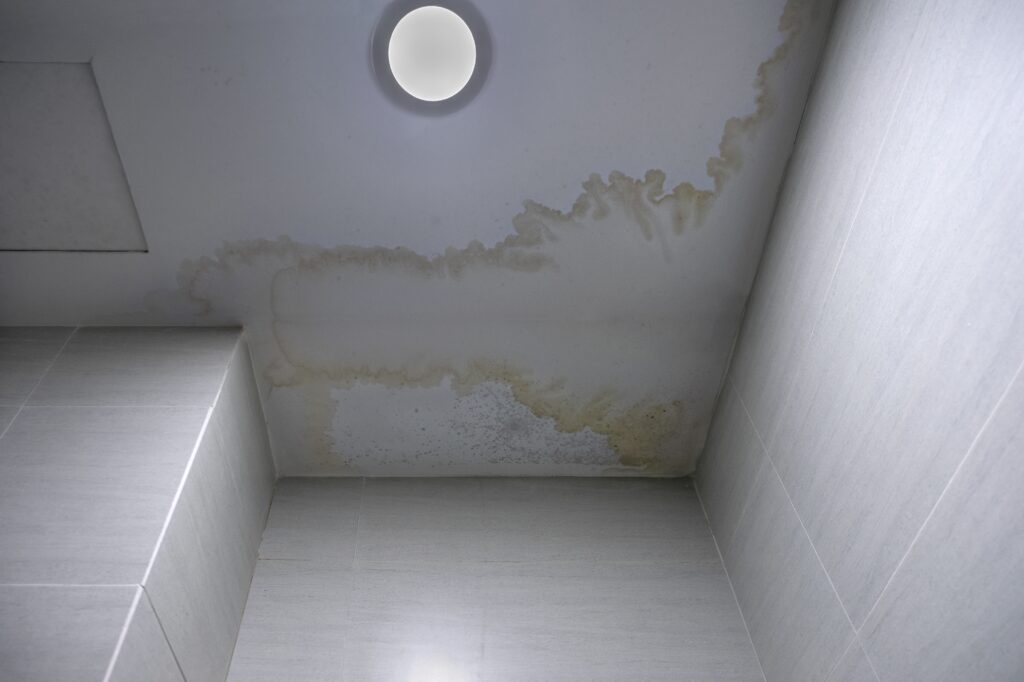
Moldy or moss-covered patches on the roof: Moss on a roof can look very neat, but we can assure you that it is doing more harm than good. Moss or mold means moisture is trapped long enough between or under shingles to promote growth. There should be no standing water or moisture on your roof. Over time moss breaks down your roof and may cause mold or moss to grow inside the home.

Missing or damaged shingles: After storms, you may have damage without even realizing it. With gusty winds, shingles come loose and can blow away, so there won’t be any signs of fallen shingles on the ground. Getting up to your roof is the best way to check, or give us a call, and we can take a look. Shingles that come loose are a big deal because not only is your roof not being protected in that area of your roof, but they can also fall off and block your gutters and cause more issues.






